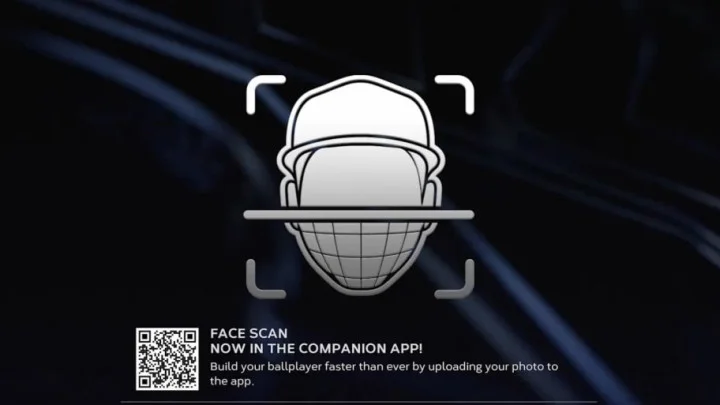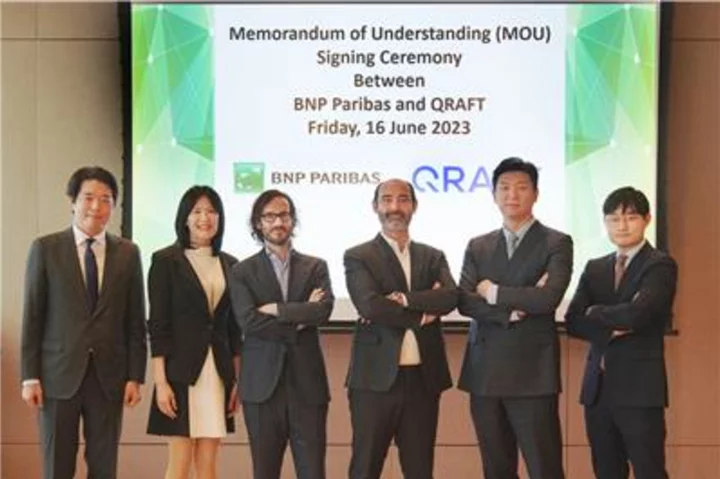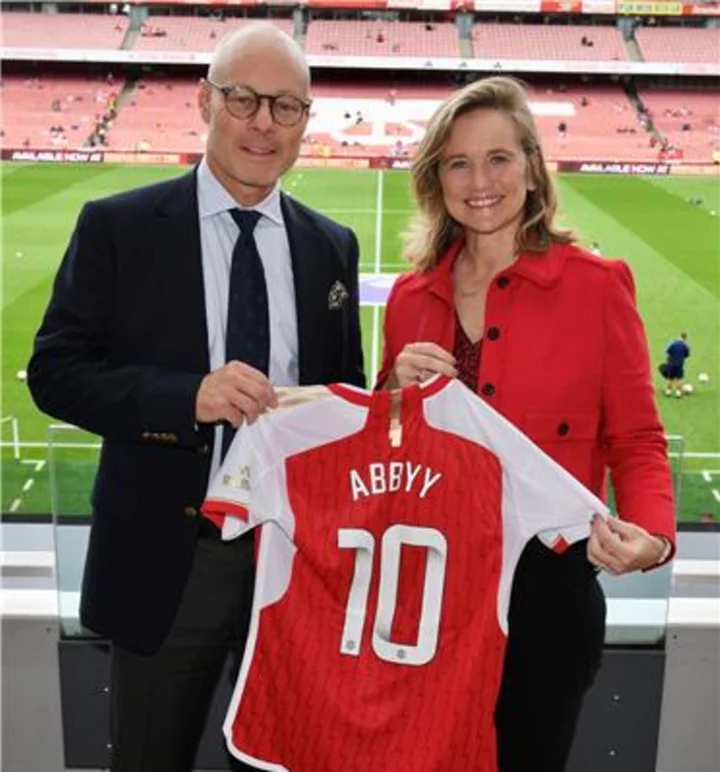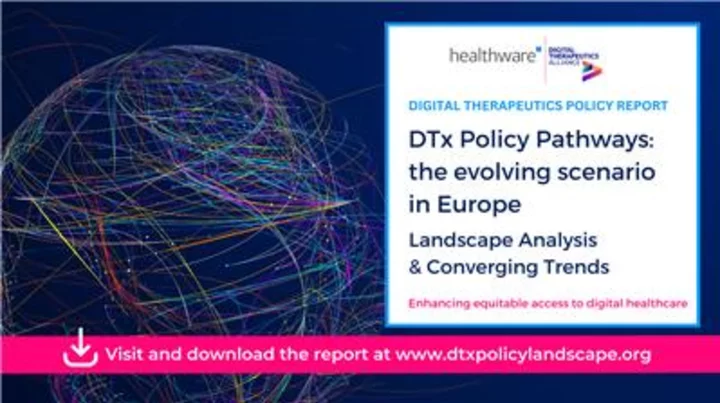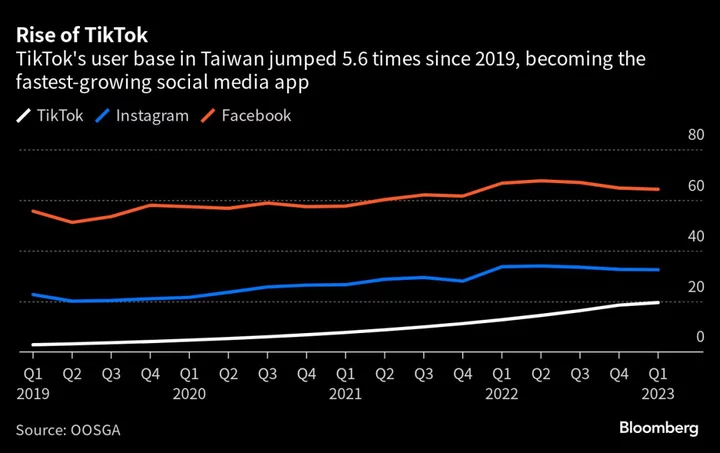‘Audible gasp’: Apple says developers have been shocked by augmented reality headset
Developers say they “audibly gasped” when first using Apple’s upcoming augmented reality headset, the company has said. Apple announced the Vision Pro headset in June, when it said it would arrive early next year and cost $3,500. In the wake of that announcement, it allowed some journalists to use the headset, including The Independent. Since then, however, Apple has kept its Vision Pro largely hidden. Some units have been shipped out to developers, and it is offering special sessions where they can try out their apps in Apple’s buildings, but those taking part have been asked to sign expansive non-disclosure agreements that mean they cannot talk about those experiences. Now Apple has published some comments from some of those early users, however, who have detailed the first experience of using the headset. Actually strapping the headset on is fundamentally different from using it in the simulator that Apple has provided so that developers can start work on their augmented reality apps, they said. “I’d been staring at this thing in the simulator for weeks and getting a general sense of how it works, but that was in a box,” said David Smith, the developer of the app Widgetsmith. “The first time you see your own app running for real, that’s when you get the audible gasp.” Another developer said that it changed the experience of using his app. Michael Simmons – who runs Flexibits, which creates apps such as calendar tool Fantastical, said that using the kit was a surprise. “It was like seeing Fantastical for the first time,” he said. “It felt like I was part of the app.” Using the app in augmented reality meant that he was already thinking of new ways to get past the “limiting” nature of a screen with a border, he said in Apple’s post. “Experiencing spatial computing not only validated the designs we’d been thinking about — it helped us start thinking not just about left to right or up and down, but beyond borders at all.” Slack employee Chris Delbuck also said that he had come to think about the way the app might work in three dimensions in new ways. “I wouldn’t have been able to do that without having the device in hand,” Apple quoted him as saying. Apple is allowing any adult developer to apply to attend one of its “Vision Pro labs” for free, which are being held in a range of cities across the world. Developers must bring either an app they are working on for the Vision Pro, or an iPhone or iPad app that they want to see in augmented reality. Some reports have suggested that Apple has seen less interest for the labs than it might have hoped, possibly in part because it is not offering the labs on the east coast of the US. The labs have been “under-filled”, Bloomberg’s Mark Gurman reported earlier this month – which might explain why the company is so keen to stress the importance of attending the sessions. Read More iPhone 15 could bring two major changes to fix battery life iPhone owners to receive payouts from Apple iPhone 15: Global smartphone demand collapses as Apple aims to take top spot
Developers say they “audibly gasped” when first using Apple’s upcoming augmented reality headset, the company has said.
Apple announced the Vision Pro headset in June, when it said it would arrive early next year and cost $3,500. In the wake of that announcement, it allowed some journalists to use the headset, including The Independent.
Since then, however, Apple has kept its Vision Pro largely hidden. Some units have been shipped out to developers, and it is offering special sessions where they can try out their apps in Apple’s buildings, but those taking part have been asked to sign expansive non-disclosure agreements that mean they cannot talk about those experiences.
Now Apple has published some comments from some of those early users, however, who have detailed the first experience of using the headset. Actually strapping the headset on is fundamentally different from using it in the simulator that Apple has provided so that developers can start work on their augmented reality apps, they said.
“I’d been staring at this thing in the simulator for weeks and getting a general sense of how it works, but that was in a box,” said David Smith, the developer of the app Widgetsmith. “The first time you see your own app running for real, that’s when you get the audible gasp.”
Another developer said that it changed the experience of using his app. Michael Simmons – who runs Flexibits, which creates apps such as calendar tool Fantastical, said that using the kit was a surprise.
“It was like seeing Fantastical for the first time,” he said. “It felt like I was part of the app.”
Using the app in augmented reality meant that he was already thinking of new ways to get past the “limiting” nature of a screen with a border, he said in Apple’s post. “Experiencing spatial computing not only validated the designs we’d been thinking about — it helped us start thinking not just about left to right or up and down, but beyond borders at all.”
Slack employee Chris Delbuck also said that he had come to think about the way the app might work in three dimensions in new ways. “I wouldn’t have been able to do that without having the device in hand,” Apple quoted him as saying.
Apple is allowing any adult developer to apply to attend one of its “Vision Pro labs” for free, which are being held in a range of cities across the world. Developers must bring either an app they are working on for the Vision Pro, or an iPhone or iPad app that they want to see in augmented reality.
Some reports have suggested that Apple has seen less interest for the labs than it might have hoped, possibly in part because it is not offering the labs on the east coast of the US. The labs have been “under-filled”, Bloomberg’s Mark Gurman reported earlier this month – which might explain why the company is so keen to stress the importance of attending the sessions.
Read More
iPhone 15 could bring two major changes to fix battery life
iPhone owners to receive payouts from Apple
iPhone 15: Global smartphone demand collapses as Apple aims to take top spot



